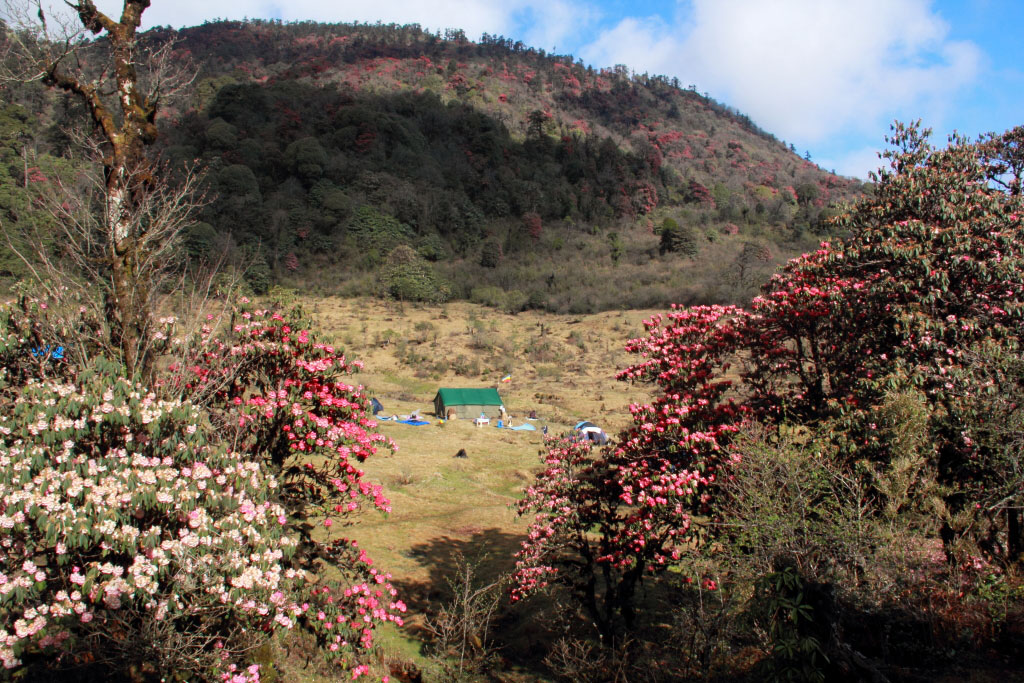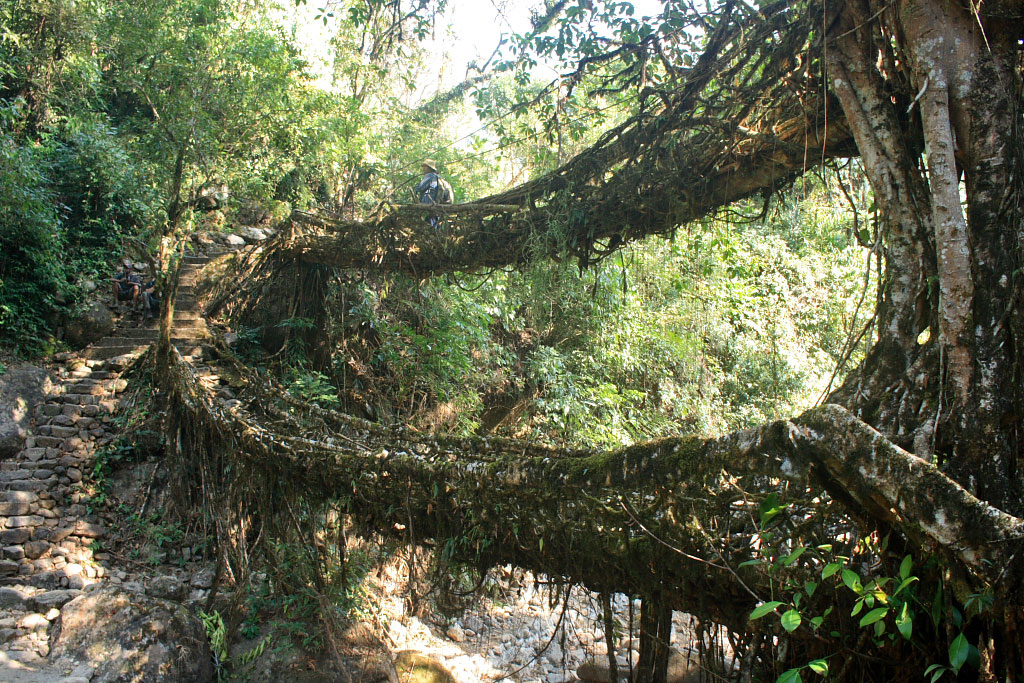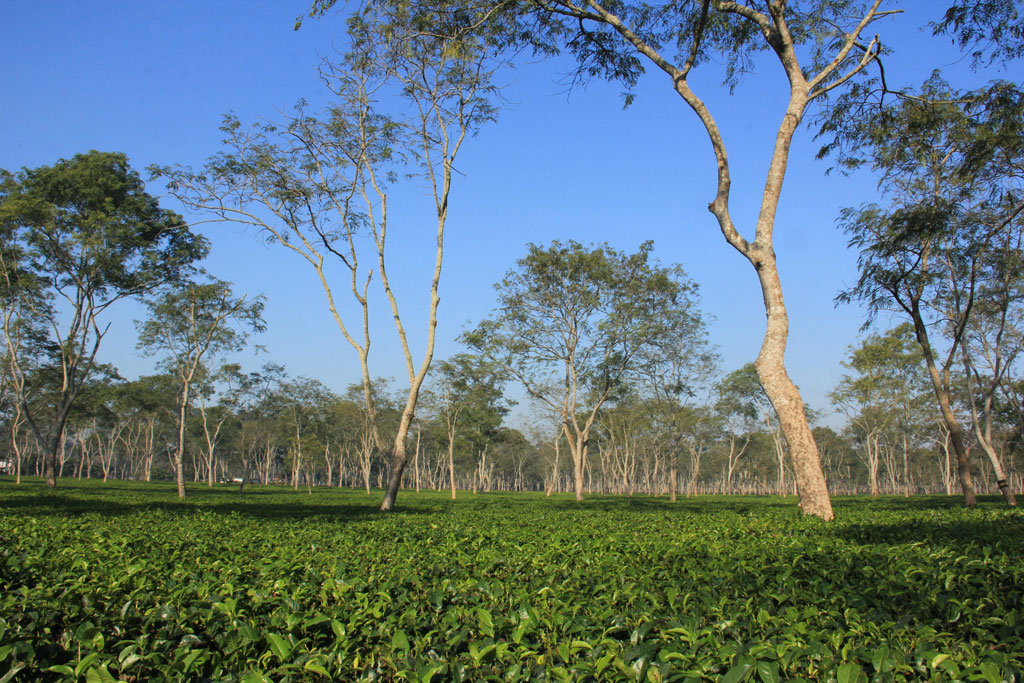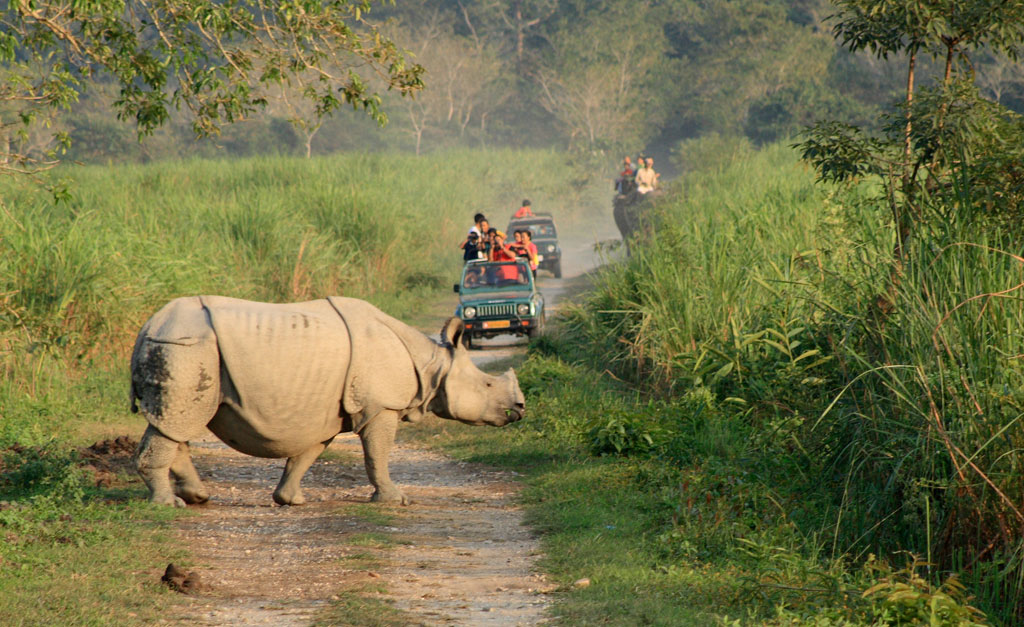
Kipepeo is the lyrical name for ‘butterfly’ in Swahili language and beautifully suits the eco-travel company that Piran Elavia found in 2010. Thirty-six-year-old Elavia, who was apprehensive about travelling to the Northeast initially due to misconceptions that many have because of militancy, left his well-paying IT job in Mumbai – his home – after he volunteered for an NGO that also had a focus on the Northeast. It was then that Elavia found himself getting immensely attracted to the region. In a bid to empower the communities here, inspired by a similar community-based enterprise in coastal Kenya that demonstrated the tangible link between conservation and livelihood, Elavia launched Kipepeo in Mumbai. The company, clearly one-of-its-kind in the country, works towards ensuring livelihood of local communities in the Northeast but also towards changing the image of the region in the minds of people at large. In a conversation with NE Travel and Life, Elavia elaborates upon how he is realising his dream.
Apart from being one of the very few companies offering packages especially for the Northeast part of India, what makes Kipepeo different from other travel companies?
An insight into the local communities and the local eco- systems of the region through close encounters with the indigenous people and their environment - we offer all this and more at our travel company.
While most agencies offer merely packages, our emphasis is on meaningful interactions with local communities. On every trip, we ensure our clients get an opportunity to interact with the local communities and get a glimpse of their lifestyle, so that they have a better understanding of the people and the region.
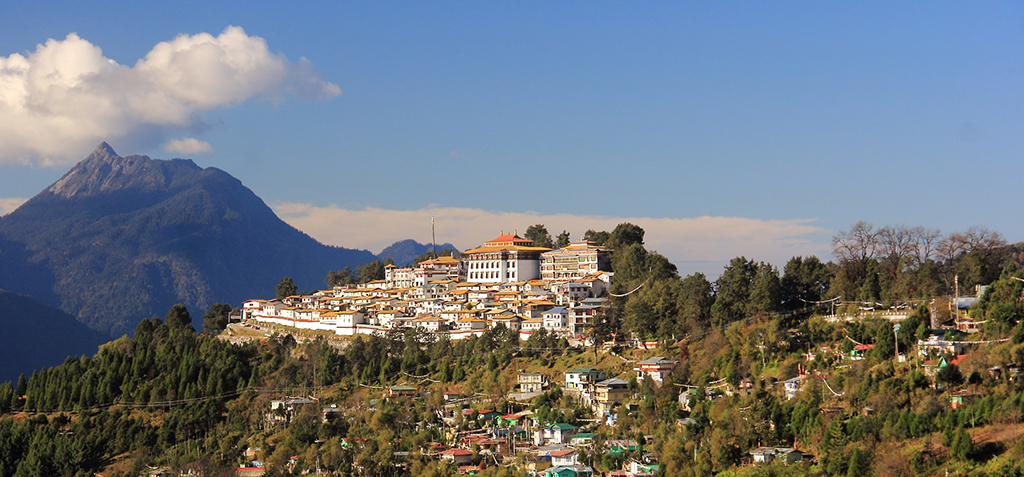
Why was it so important for you to have an eco-tourism venture?
In 2008, I quit my job to volunteer with an NGO in Sikkim on a community tourism project. Since I liked the work, I continued with the NGO for six months. Through the network, which I established on this project, I volunteered with a few other NGOs in the Northeast, working mainly on tourism and education-related projects. But the turnaround came in early 2009 when I was volunteering with the Bodo community in Assam. As an outsider, I had heard only negative things about them but when I started working with them, my perspective completely changed. They were extremely warm and friendly accepting me as a family member. This was a life changing event for me and I dedicated myself to erasing whatever negative impressions people had of the Northeast. In 2010, I started my own tourism venture with a dual objective of shedding the negative image most people had about the Northeast and to provide the local communities with an additional livelihood option.
The kind of tourism Kipepeo practices is branded as ‘responsible tourism’ in which a company not only conserves the environment but also preserves the local culture of the people and empowers them in the tourism process.
Our belief is to encourage preservation and conservation of not just the natural environment but also of the cultural environment of the local people. Our belief is in actively involving the local communities in the tourism process by making them key stakeholders and decision makers. In this way, local communities reap economic benefits with the motivation to conserve their culture and environment.
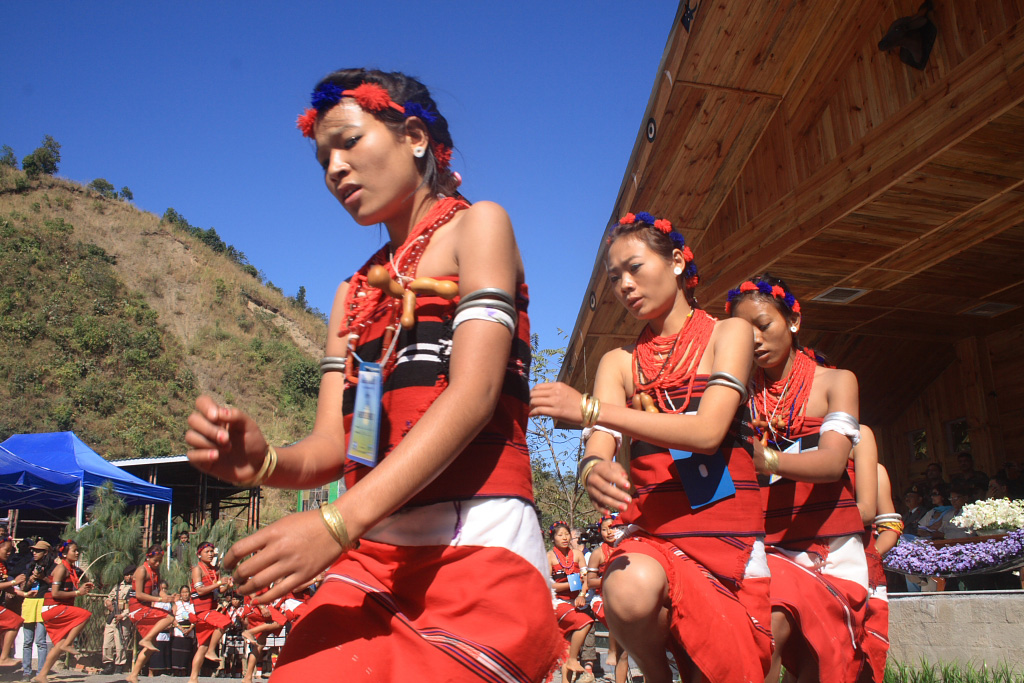
How do you go about designing a travel package? How do you keep tweaking and enhancing the packages?
We design our packages keeping in mind the psyche and requirements of our clients. We then match these requirements with the strengths of a particular place or community to come up with the final package or trip. We keep tweaking our trips based on the feedback we get from our clients and the local communities. Many times we discover new facets in a place or a community, which we may have overlooked before, around which we develop different kind of trips emphasising on the new facets. For example, we are currently developing a food trail in Sikkim and Nagaland in some existing villages where we are already working with homestays.
We finalise our trips by actually undertaking them ourselves before sending clients. We continuously travel through the Northeast to strengthen our relationships with the locals in existing areas and to scout out for new places and trips.
Could you give our readers key tips to keep in mind while travelling in the Northeast?
Read up as much as you can about the place and the people before you go for your trip as that is the best way to learn about a region. Besides the internet there are many non-fictional books about particular tribes and places of the Northeast. And if you feel these kind of books are too boring, then there are plenty of talented authors from the region who have set their stories here.
Tips: Northeast is a hilly area with poor quality of roads, so be prepared for long bumpy rides; always keep rainwear with you as it can rain anytime in the region; keep your camera handy for there is something interesting at every step.
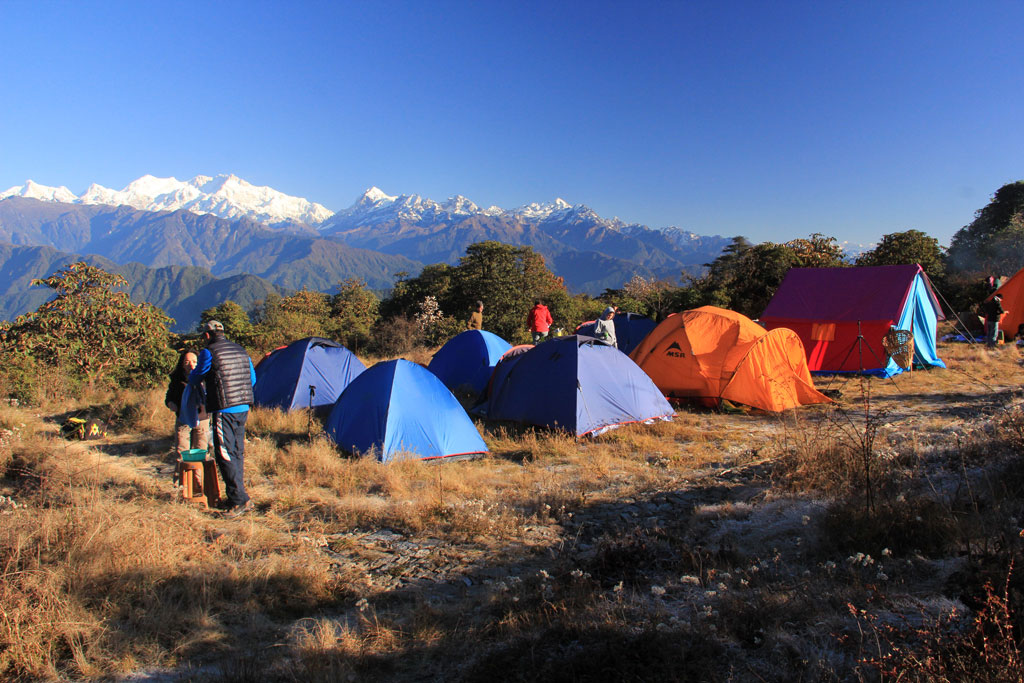
Piran Elavia’s Top 13:
- Stay in homestays in quaint villages in Sikkim.
- Visit the Gurudongmar lake in North Sikkim.
- Go caving in Meghalaya.
- Hike to the double decker root bridges in Meghalaya.
- Visit the Tawang monastery.
- Visit the picturesque Ziro valley in Arunachal Pradesh.
- Go white water rafting on the Siang river. = Check out the elephant safari in Kaziranga National Park.
- Visit Majuli island in the Brahmaputra river.
- Go for the Hornbill Festival in Nagaland.
- Visit the head hunting Konyak tribe.
- Visit Loktak lake in Manipur.
- Drink local rice beer and taste the local cuisine.
Here’s to planning the long weekend in the Northeast
Option 1 – Meghalaya
Day 1: Reach Guwahati and drive to Shillong. Stay in a hotel in Shillong
Day 2: Shillong sightseeing – Drive to Mawphlang for a walk in the centuries old sacred forest, learn about Khasi culture. Later visit Bara Bazaar, the largest fresh market in the Northeast .In the afternoon go for a game of ‘Teer’, the most popular and beloved sport of Meghalaya.
Day 3: Drive from Shillong to Cherrapunji. En route take a detour to visit Mawlynnong village. This picturesque village on the Indo-Bangla border has been voted as the cleanest village in Asia. Stay in a hotel in Cherrapunji
Day 4: Trek to Double Decker Root bridges.
Day 5: Drive from Cherrapunji to Guwahati airport
Option 2 – Rural Sikkim
Day 1: Reach Bagdogra airport and drive to Darap village near Pelling. Overnight at a homestay in Darap village
Day 2: Darap village is mainly inhabited by the Gurung and Limboo community. Go for a half-day walk around this beautiful village and interact with villagers to learn about their simple lifestyle. In the evening learn to cook local dishes.
Day 3: Drive from Darap village to Kewzing village. En route visit Khecheopalri lake, nesteld in the midst of verdant forests. Drive down further to Yuksom the first capital of Sikkim, learning about history of the place. From here drive to Kewzing. Overnight at a homestay in Kewzing.
Day 4: Kewzing is mainly inhabited by the Bhutia community who are Tibetan Buddhists. Walk around the village to learn about their way of life.
Day 5: Drop to Bagdogra airport
Option 3 – Nagaland
Day 1: Reach Dimapur and drive to Kohima. Stay in a hotel in Kohima
Day 2: Sightseeing around Kohima – visit the fresh market in Kohima where you will find many interesting things. Next drive to the State museum to learn about the culture of 16 different Naga tribes. In the afternoon drive to Kisama heritage village.
Day 3: Drive from Kohima to Khonoma village. En route visit the World War II cemetery . In the afternoon walk around the village to learn about the glorious past of this village. Stay in a homestay in Khonoma village
Day 4: Walk around the village to interact with master basket weavers and shawl weavers to get an insight into their fine art. Khonoma is also the first green village in India , having dedicated a large part of their area as protected forest. In the afternoon you will drive to the forest area for a short walk.
Day 5: Drop to Dimapur airport
